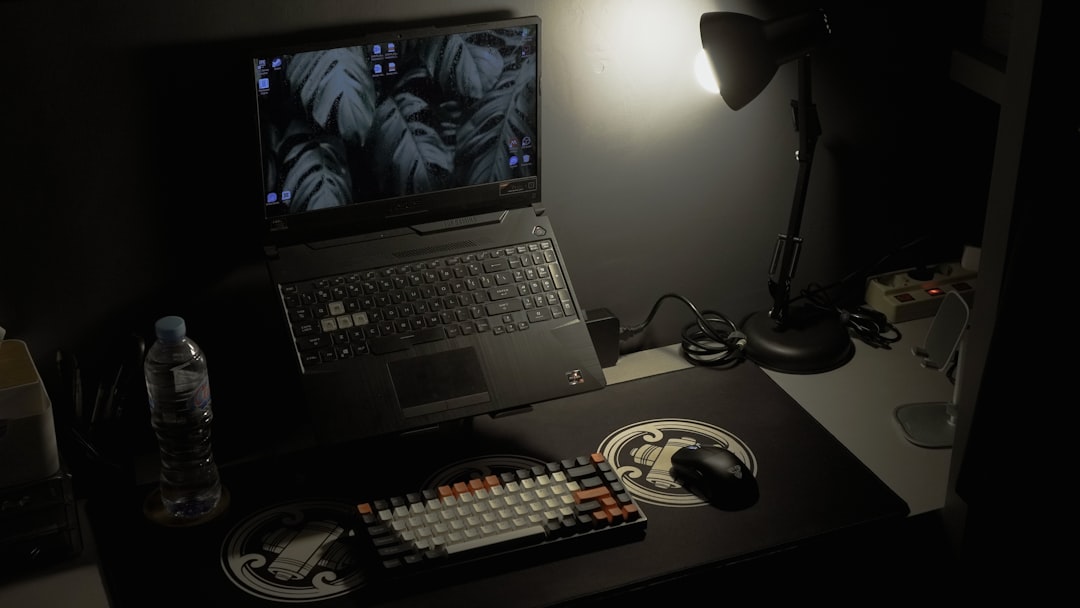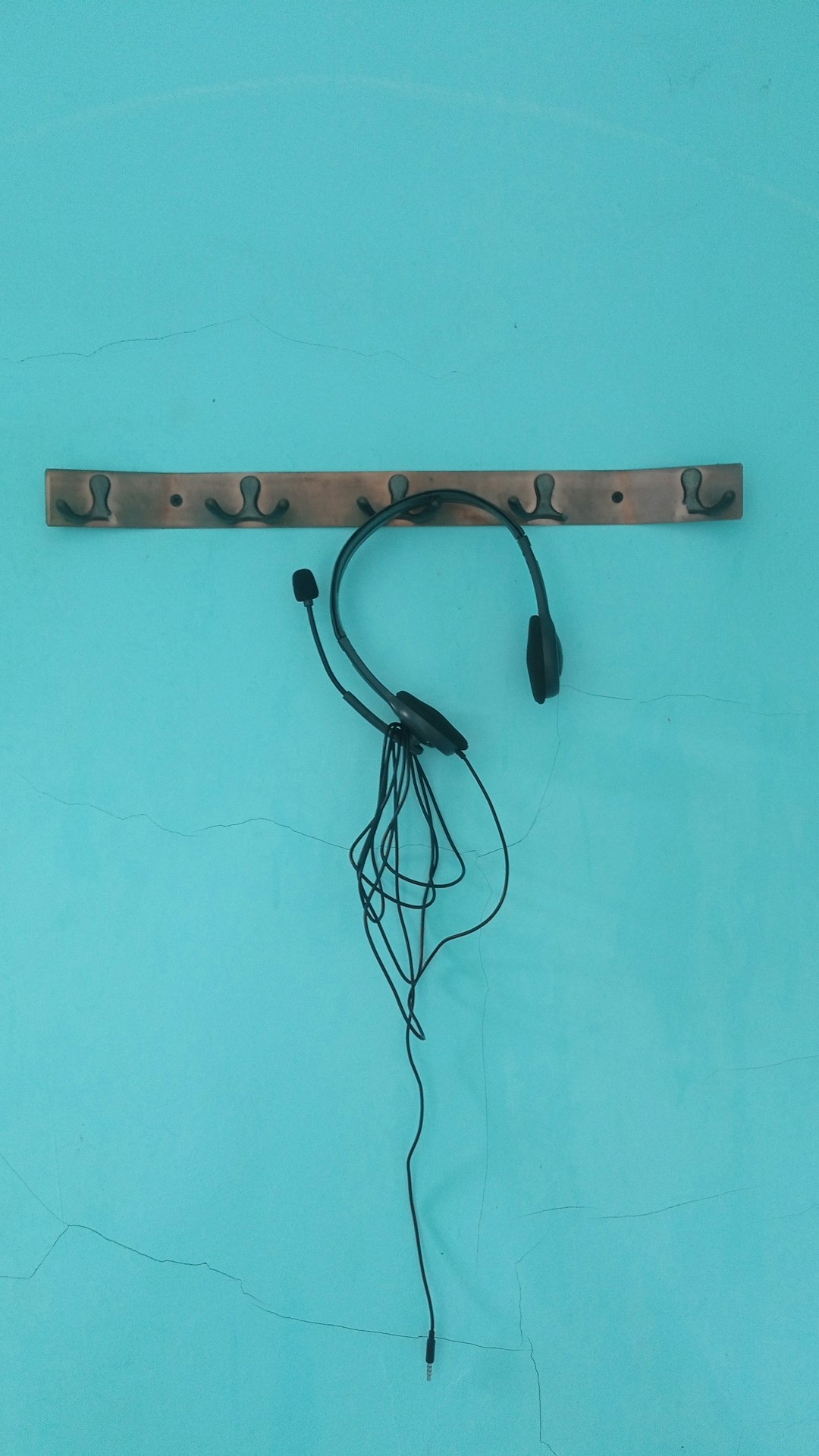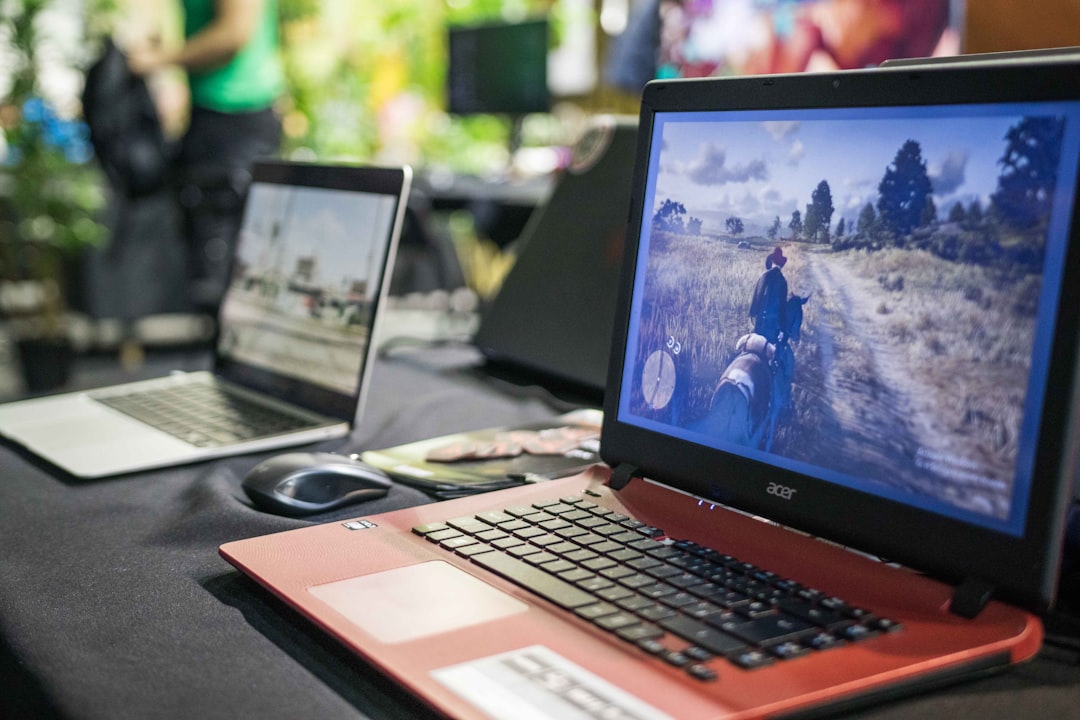Got a laptop that struggles to run your favorite games? Or maybe you’re a video editor who dreams of faster rendering times? What if we told you there’s a way to boost your laptop’s graphics using something called an external GPU, or eGPU, through an M.2 adapter?
Sounds like science fiction, right? But it’s very real—and very fascinating. The question is: is it worth the risk?
Table of Contents
What Is an External GPU?
An external GPU (eGPU) is just a regular desktop graphics card connected to your laptop. This gives your laptop a powerful boost in performance.
Normally, eGPUs connect through special ports like Thunderbolt. But not all laptops have that. That’s where the M.2 adapter comes into play.
What Is an M.2 Adapter?
The M.2 slot is usually used for storage drives like SSDs. But in some laptops, it’s possible to use that same slot to connect an eGPU. You need an M.2 to PCIe adapter for that.
This adapter lets you plug in a regular desktop graphics card to your laptop. Pretty cool, huh?

How Does It Work?
Let’s break it down real simple:
- You turn off your laptop.
- You open up the back.
- You locate the M.2 slot (usually where an SSD is).
- You plug in the M.2 to PCIe adapter.
- You connect a desktop GPU to the PCIe end of the adapter.
- You power the GPU using a desktop power supply (yep, you need that too).
- You restart your laptop. Boom! New GPU power unlocked.
Warning: this is not plug and play. It’s more like plug and pray.
Why People Try This Setup
Let’s be honest — gaming laptops can be expensive. Video editing machines cost even more. If you already have a regular laptop, this solution can save money.
Here’s why people like it:
- Cheaper than buying a new PC.
- Upgradable GPU options (no soldered chips!).
- Fun weekend project for DIYers and tinkerers.
- Great for casual gaming or creative workloads.
But There Are Risks…
As great as it sounds, this method is not magic. There are definitely risks involved.
Let’s Talk About Them:
- Risk of damaging your laptop.
Not all laptops support this. If you force it, you could fry the motherboard. - Lose your SSD slot.
If your M.2 slot is already used for storage, you may need to boot from an external drive. - No casing, open setup.
This means exposed wires, a desktop power supply, and stuff lying around your desk. Not pretty. - Driver issues and crashes.
Your laptop might not like the new GPU and could refuse to boot or crash often. - Minimal portability.
Once set up, your “laptop” becomes as immobile as a desktop.
So yes, it’s cool—but not polished.
Performance Gain: Is It Worth It?
Let’s talk about the results, because that’s what really matters.
Depending on your laptop’s CPU and RAM, the new GPU can give you up to 60–80% of the desktop GPU’s power. Not bad, right?
This means smoother gameplay, faster renders, and overall, a big jump in performance.
Imagine playing Elden Ring at high settings or editing 4K videos with ease—all on your aging laptop.

What You’ll Need
Here’s a quick shopping list if you’re considering this path:
- Compatible laptop (BIOS may need tweaking)
- M.2 to PCIe adapter
- Desktop GPU (NVIDIA or AMD)
- External power supply for the GPU
- External drive or secondary internal SSD (if M.2 is sacrificed)
- Patience, YouTube tutorials, and caffeine
Best Laptops for M.2 eGPU Mods
Not all laptops work for this. Some BIOS lock things down hard. Here are some models that usually work:
- Older Lenovo ThinkPad series (T and X series)
- Some Dell Latitude and Precision models
- HP EliteBooks and ProBooks from 3–5 years ago
- Any laptop with an accessible, unused NVMe M.2 slot
Always check forums and Reddit threads before trying!
Coolness Factor: 10/10
Let’s not forget how cool this looks. You’ve basically Frankensteined your laptop into a gaming beast.
Wires everywhere? Ugly? Sure. But powerful? Oh yes.

Should You Do It?
Okay, time for the big question: is it worth the risk?
Yes—if:
- You love to tinker.
- You understand the risks.
- You’re okay with a semi-permanent setup.
- You don’t rely on this laptop for your main job or school every day.
No—if:
- You need reliability and portability.
- You’re not confident with hardware mods.
- You don’t want to void your warranty.
Final Thoughts
The M.2 eGPU route is a wild ride. You’ll learn a lot, probably get frustrated some days, but also feel like a tech wizard when it works.
Is it worth the risk? If you’re the right kind of nerd, then absolutely. Just don’t forget to document the chaos for the internet.
Happy modding!




